How Lee Oskar Changed Harmonicas Forever
Lee Oskar may have initially found fame as a virtuoso harp player in the funk fusion band, War, but today he is better known, even to keen harmonica players, as the creator of an eponymous line of diatonic harps. How this happened, and how the harmonica world was shaken up by Oskar’s approach to their design, is an interesting story, and one that has had the effect of permanently altering the line up of harmonicas from many other manufacturers.
Harmonicas in the Late 1970s
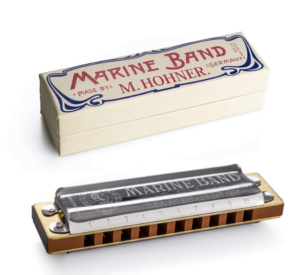
To appreciate exactly what Oskar changed about diatonic harmonicas, it’s first necessary to understand the state of the market in the late 1970s. At this point in time, Hohner was the clear dominant manufacturer, with other German competitors long having bitten the dust, or having been subsumed into the GDR’s Bandmaster brand – an advertisement if there ever were one for the shortcomings of Communism.
Although Hohner had introduced the Special 20, with its innovative plastic comb and recessed reed plates, in the mid 1970s, the majority of its range at the time was somewhat traditional in focus, with nails and unsealed wood combs featuring on many models. Oskar became frustrated with the quality of the Hohners that were available in music shops in the US, which were often poorly tuned and had a propensity to swell after heavy use.
Having spent considerable time in Japan during this period, primarily recording soundtracks for commercials, he came to the attention of the heads of the Japanese harmonica manufacturer, Tombo. This led to a meeting with the owners, ultimately resulting in a collaboration that continues to this day, with Tombo producing all of Lee Oskar’s harmonicas in Japan.
Modular and Modern
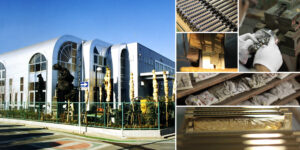
Tombo was already an established manufacturer of harmonicas by the 1970s, but was relatively unknown outside of Japan, and was focused on fairly traditional instruments with wood combs. Oskar saw the potential of the company, but didn’t want merely to add his name to an existing harp; instead he wished to design something both modern and modular from the ground up, combining Tombo’s expertise and craftsmanship with new materials and architecture.
ABS Combs and Altered Tunings
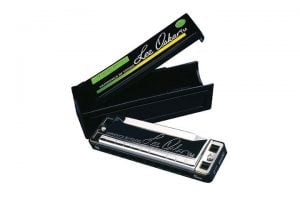
Hohner’s Special 20 had already shown the music world the advantages of ABS combs on harmonicas, and had helped to develop widespread acceptance of the material among harmonica players, many of whom were staunch traditionalists. Oskar realised that not only did plastic combs solve the inherent swelling issue that plagues wood when used in this application, but it could also be manipulated via injection moulding in ways not possible with traditional materials that would benefit the sound and playability of the harmonica.
The end result was a modern ten hole diatonic, with narrower spaces between the holes than was possible with wood, enabling players to move more rapidly between notes. The plastic comb also conferred a further advantage – it allowed for excellent airtightness whilst only necessitating the use of three screws to hold the reed plates to the body, thereby saving a small amount of money per instrument and simplifying assembly and disassembly of the harmonica.
Oskar was not content just to rest at this point, however; he was also keen to offer alternative tunings that, up until that point in time had been available only via custom reed plate fettling. As his harmonica had been designed from the ground up, he was able to make it modular, thereby enabling all parts, including reed plates, to be interchangeable. This, again, saved on costs, and resulted in a simplified lineup, where different harmonicas were defined by their tunings rather than by small variations in aesthetics and materials.
Response by Hohner
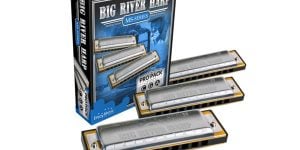
By the 1990s Hohner had been floundering around for a couple of decades, making ill advised forays into electronic instrument manufacturing, and seldom making a profit. In an attempt to counter competition from Lee Oskar Harmonicas, whose designs were perceived as more modern and flexible than the German company’s, they introduced the MS range – short for ‘Modular Series’. Harmonicas within the MS range featured fully interchangeable parts, with the idea being that the customer could ultimately make up a harmonica that was a hybrid of other models. For some time, harmonic and natural minor tunings were also offered, although today these are restricted to aftermarket reed plates rather than off the shelf harmonicas.
Unfortunately, Hohner chose the MS range as the place where they would introduce full automation of tuning – a move that resulted in a disastrous drop in quality, and which nearly permanently sank the Modular Series before it had found its feet. Thankfully, they soon reverted to tuning harps the old fashioned way, and quality and reputation were gradually regained.
The MS range never really became a threat to Lee Oskar, though, partly because it was (and is) too unfocused and has too much duplication. Witness the Big River, Juke Harp and Pro Harp, where the only differentiation is aesthetic, for example. There are also no off the shelf altered tuning harmonicas available within the range now – instead that honour falls, weirdly, to the venerable Marine Band 1896.
Perhaps the most important effect that Lee Oskar’s harmonicas had on Hohner, however, was not in forcing them to create a whole new range of harps; it was instead to force them to improve their quality and lineup. The Modular Series may not have been a dramatic success, but by the 21st century, Hohner’s range of harmonicas and the quality of them had improved dramatically when compared to their offerings in the 1980s. And we all have the Danish born musician, Lee Oskar, to thank for that.

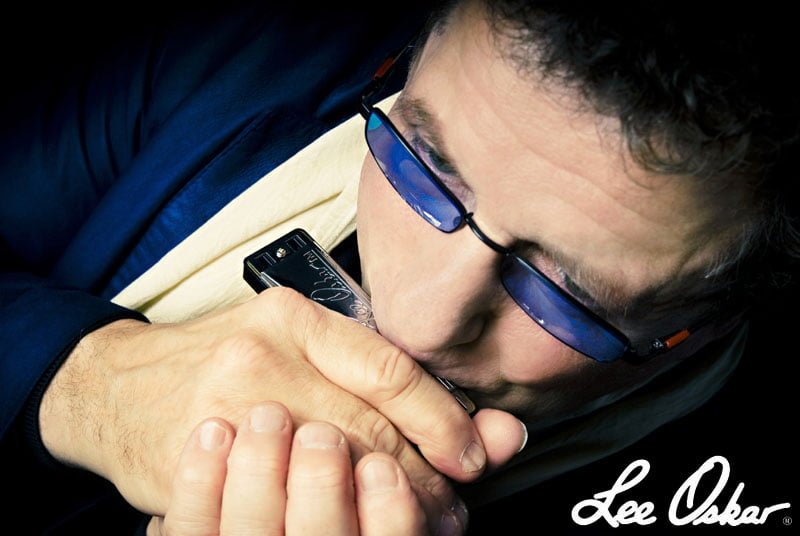
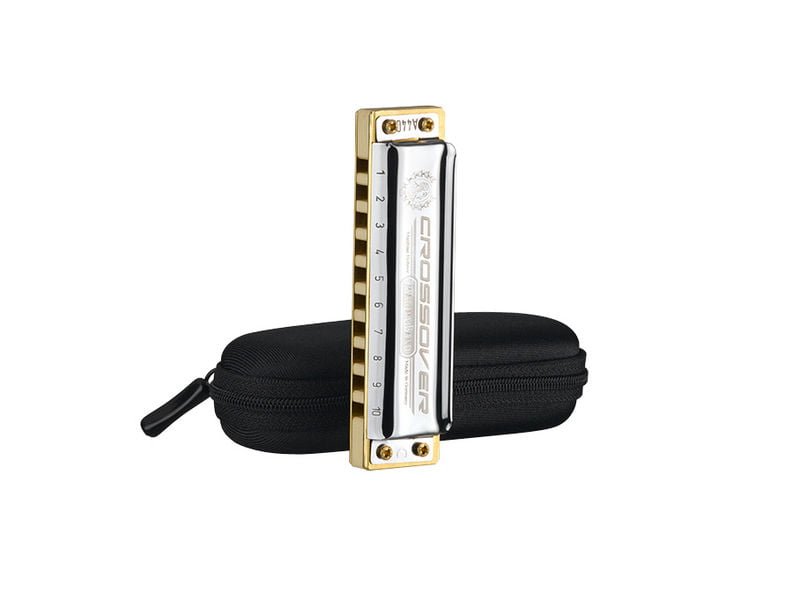
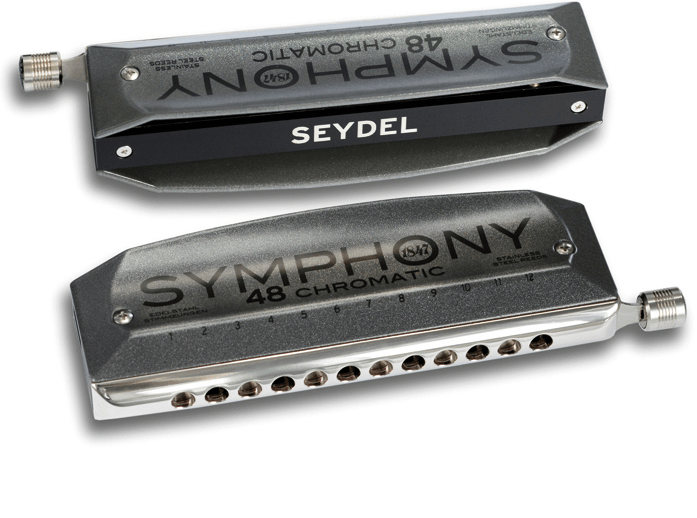
I have been playing Lee’s Harmonica’s for many years Thank you Brother Lee! 😎🎶
Expensive trial and error keeps me from venturing out of the norm.Lee is a virtuoso I am in Seattle area and am ready to with direction as keys and song’s to match. Thx. Lee!